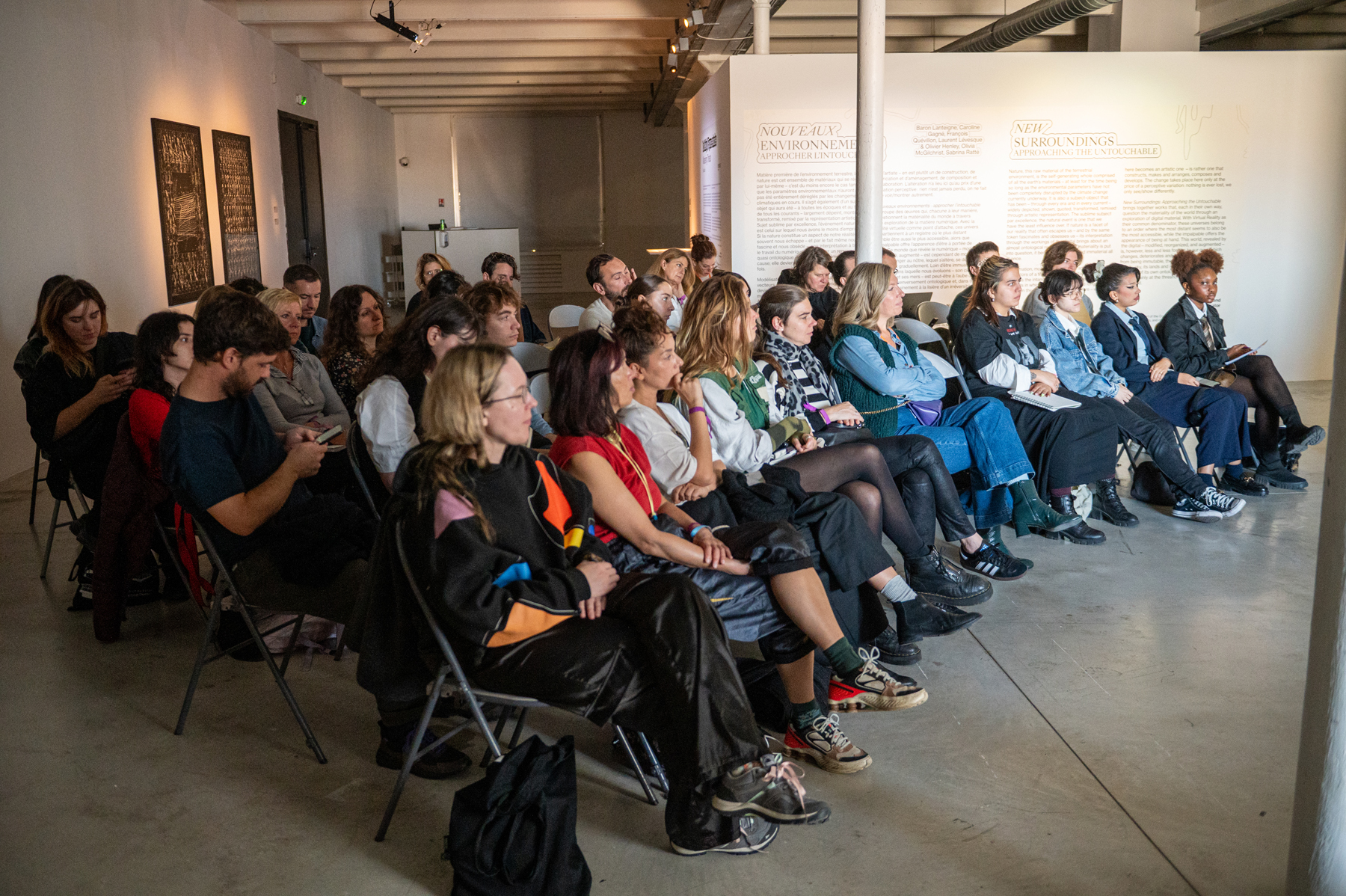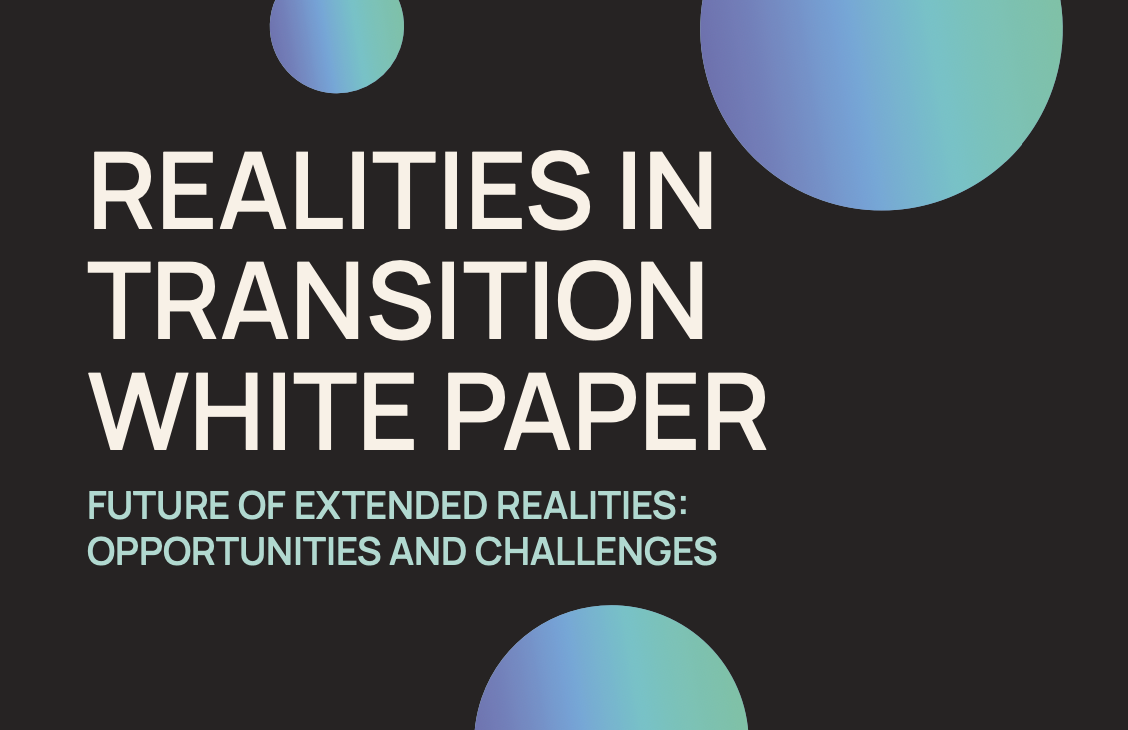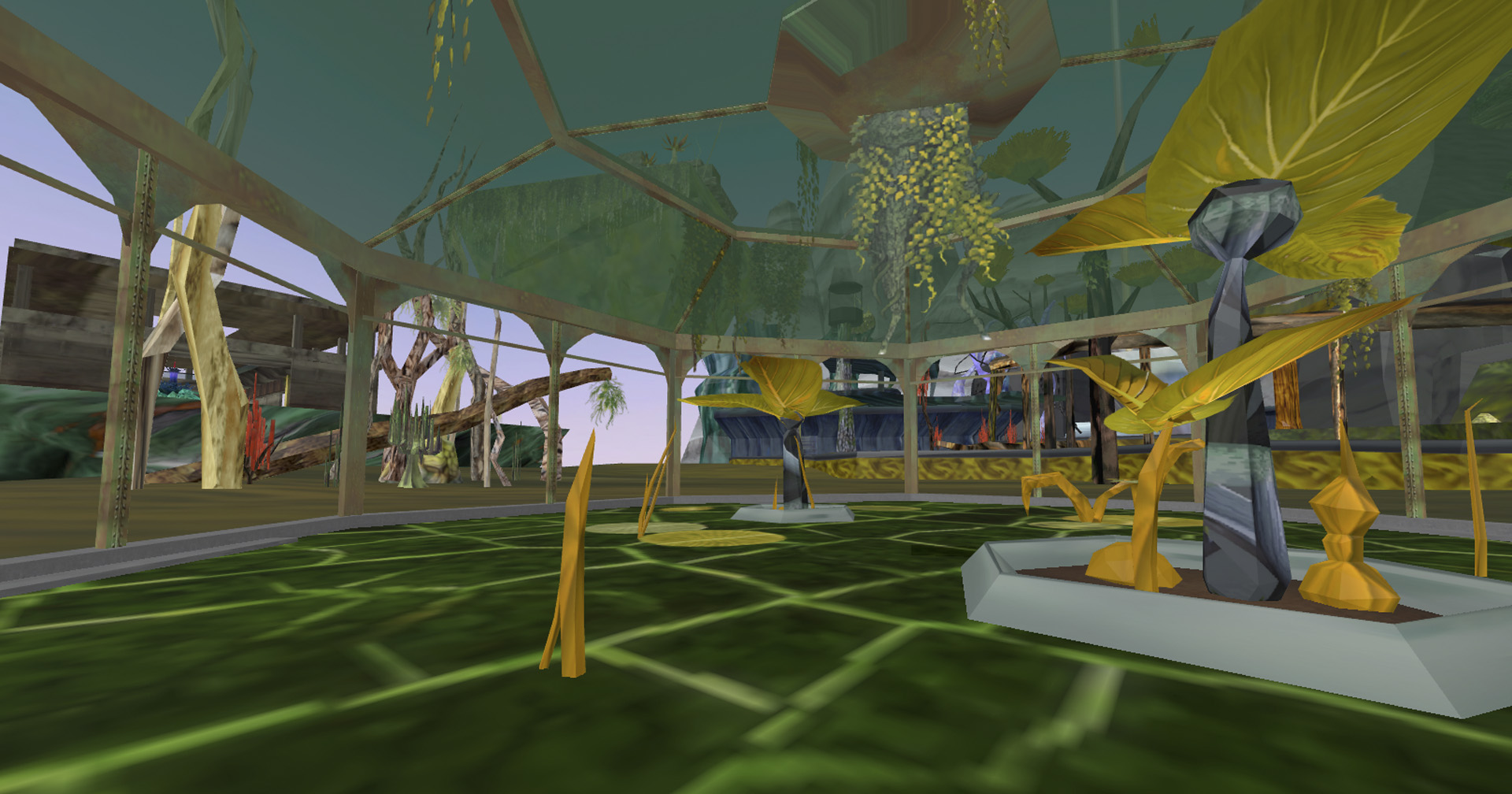Architectures of the Virtual: An Interview with Rebecca Merlic
“With VR you can really get very close to the people’s stories and representations.”
Rebecca Merlic was one of the 7 selected artistic project for the first #RiT artistic residency, back in May 2023, in V2_ (Rotterdam). In this framework, Dark Euphoria asked her about their relationship to XR, their artistic path and favorite tools. With this 1 out of 7 special interview, discover Rebecca Merlic’s unique look on eXtended Realities…!
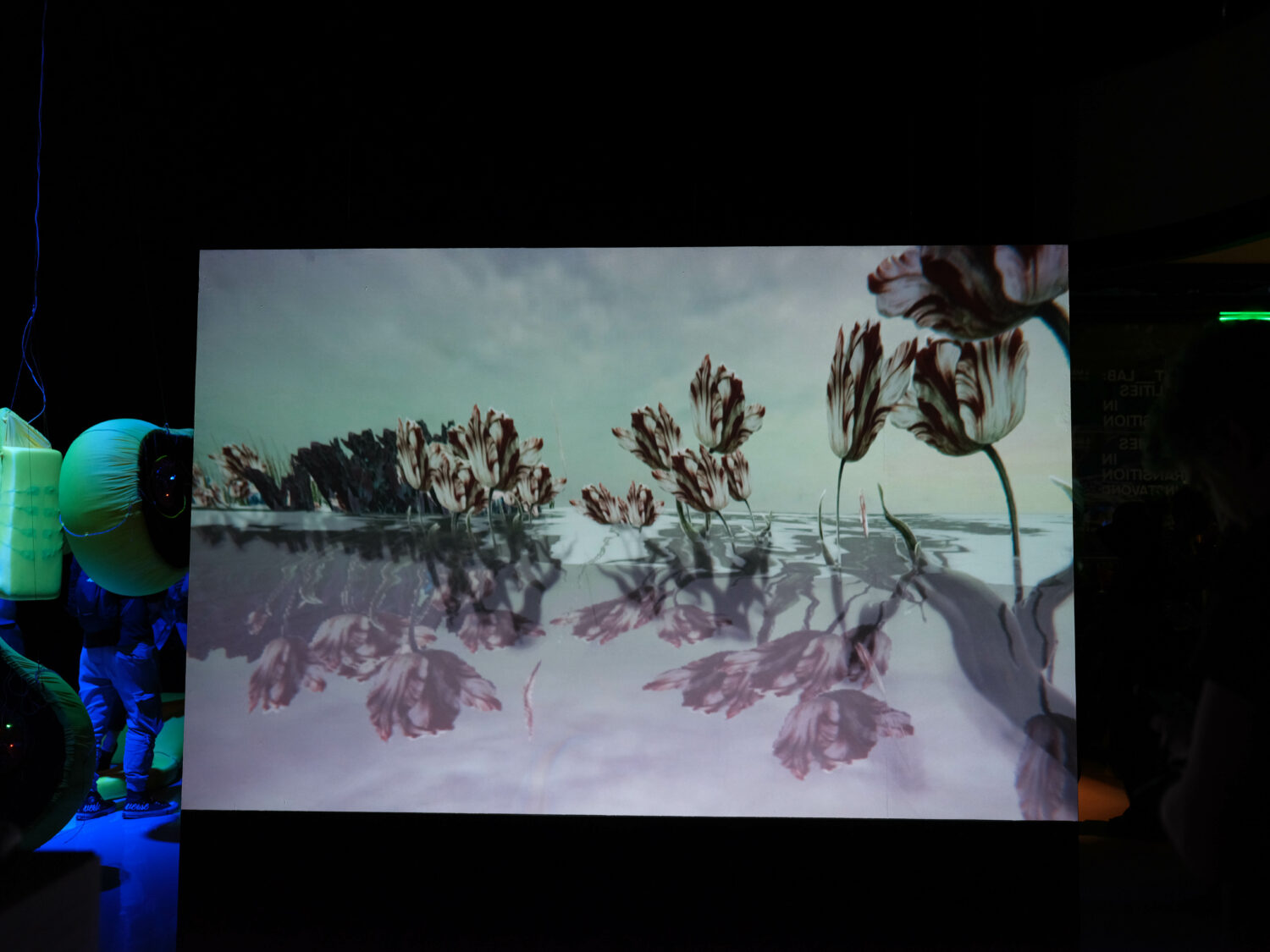
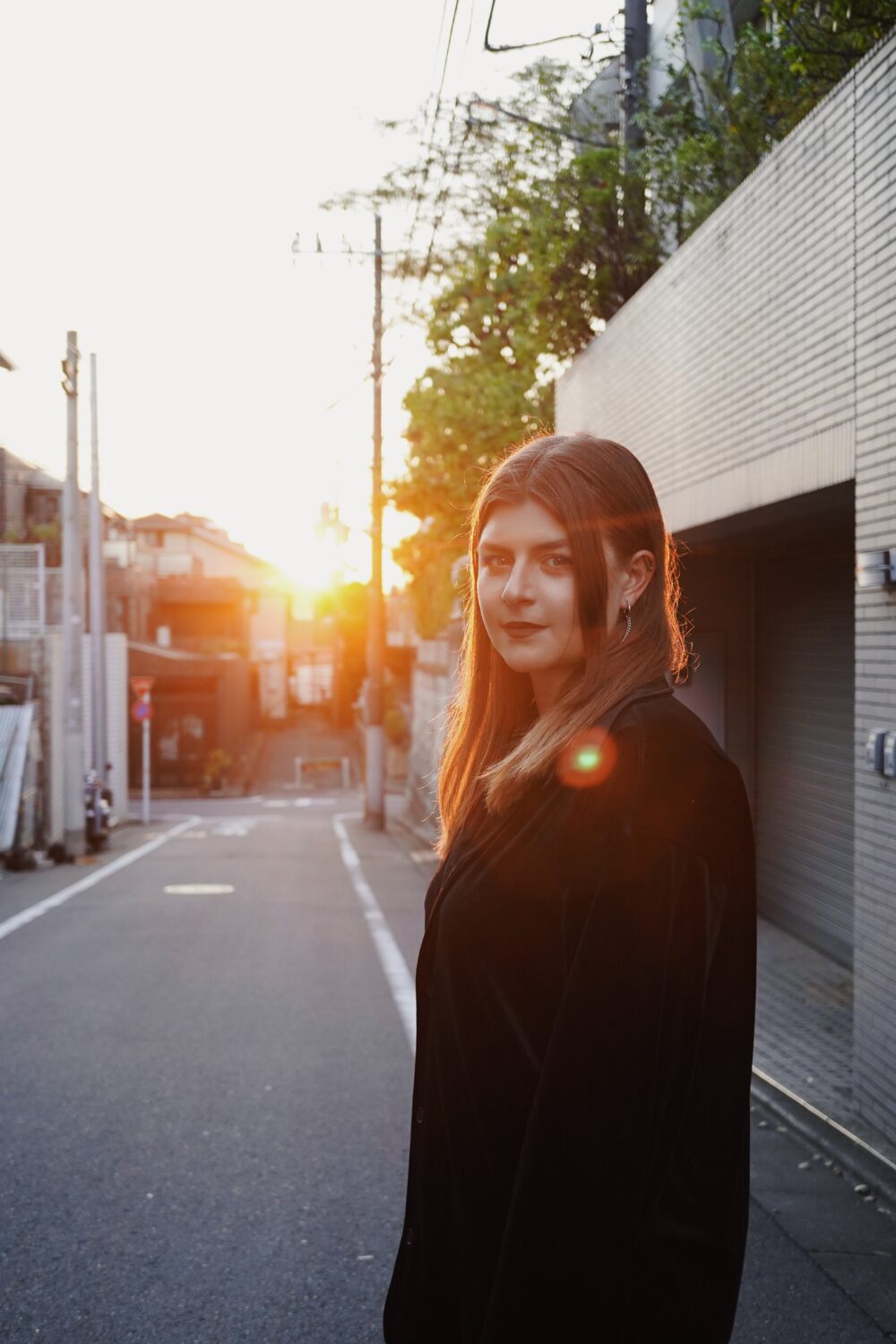
Céline Delatte – I’m glad to be with you today to get to know more about your vision, your use of “VR”, “AR” and more broadly, digital opportunities you explore as a 21st century artist… First of all, could you present yourself?
Rebecca Merlic – I’m Rebecca Merlic! I come from architecture and I specialized in digital and analog production of architecture at the Academy of Fine Arts in Vienna. So I think I still consider myself an architect, maybe a digital architect and artist.
C.D. – Did you actually use XR in architecture?
R.M. – No, actually not. But for my diploma work I used game engines such as Unity to kind of produce an experience which cannot be produced in a film format or in two dimensional formats. So I always base my game experiences on real body experiments. But I still consider myself kind of an architect because creating the world, it’s also designing.
C.D. – So how did you meet XR?
R.M. – My first contact was maybe with my biggest project: Glitchbodies. It started as a PC game, but then I felt like experiencing other people’s digital representation, bodies and stories… It helped me to work in VR. I worked on scanning real persons and telling their stories in a co-creative, inclusive way. I wanted to try out how it feels in VR; if you feel closer to the person… And it’s actually really incredible. It’s something you cannot produce with a projection or by just playing it on the screen. With VR you can really get very close to the people’s stories and representations. VR for me is a good tool, but it’s very exclusive. I think just 1% of all humans have access to it. Not even own it, but access to it. For now the development is still not meeting the masses. Thus, I think augmented reality makes more sense. Everybody owns a smartphone almost, it’s a more inclusive development. So I think this is the way to go further. I always develop multi-platform projects. Doing PC games, animation movies, augmented reality and VR. Working on this multi-platform level is a way to reach different audiences…
R.M. – I use Unity and then I use different 3D programs: Rhino, Grasshopper, Meshlab… And of course I use 3D scanning, with handheld scanners.
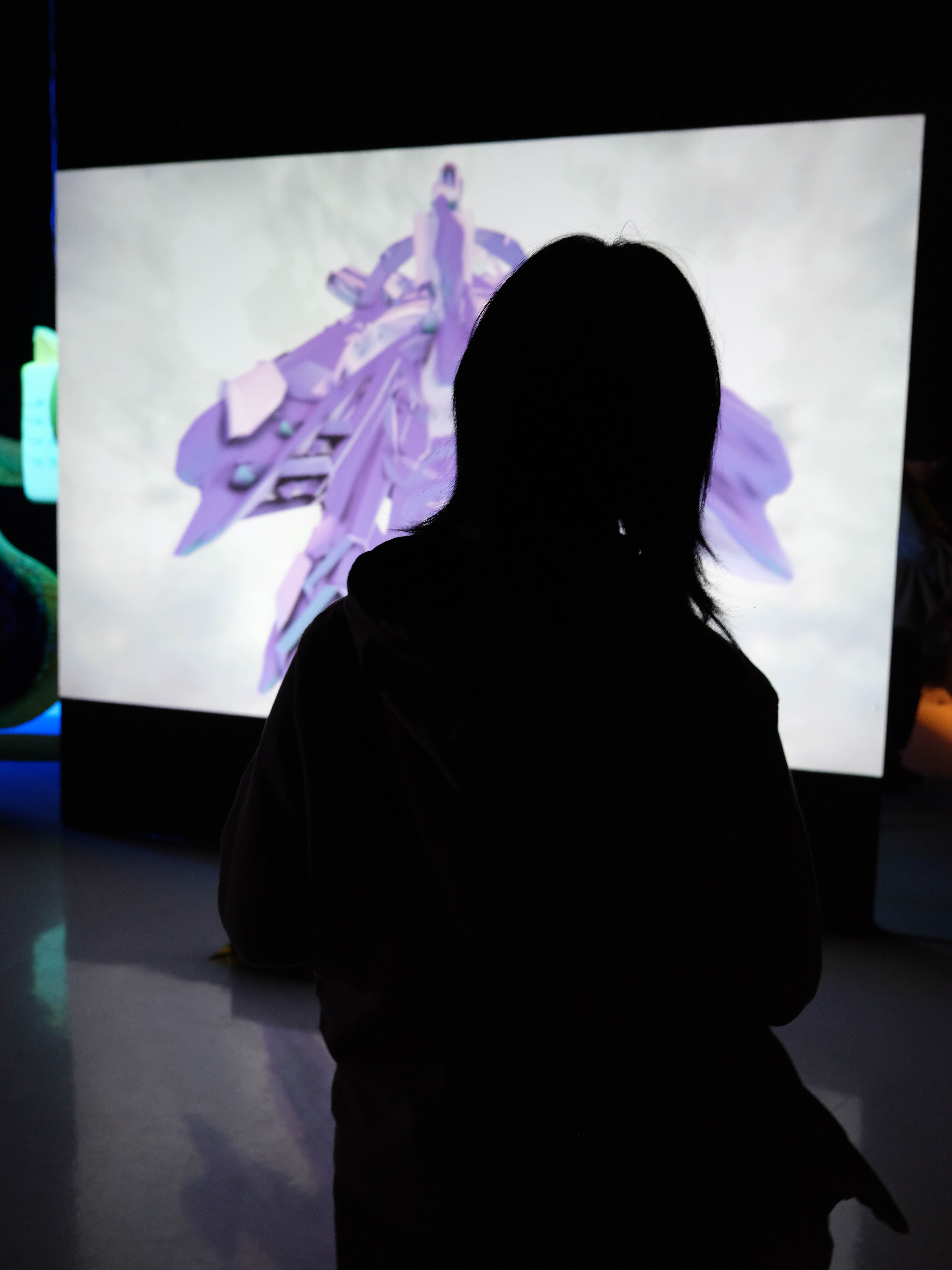
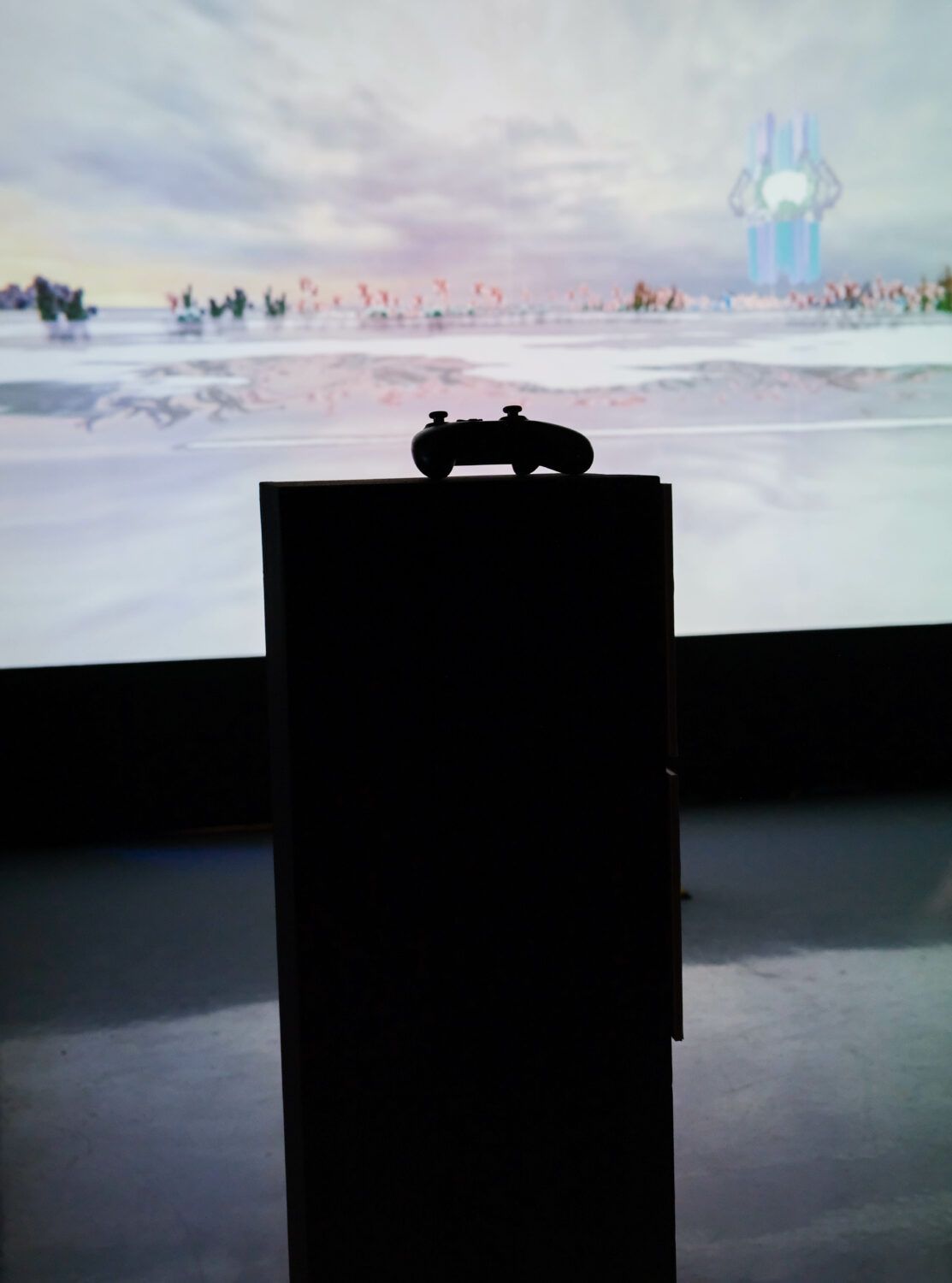
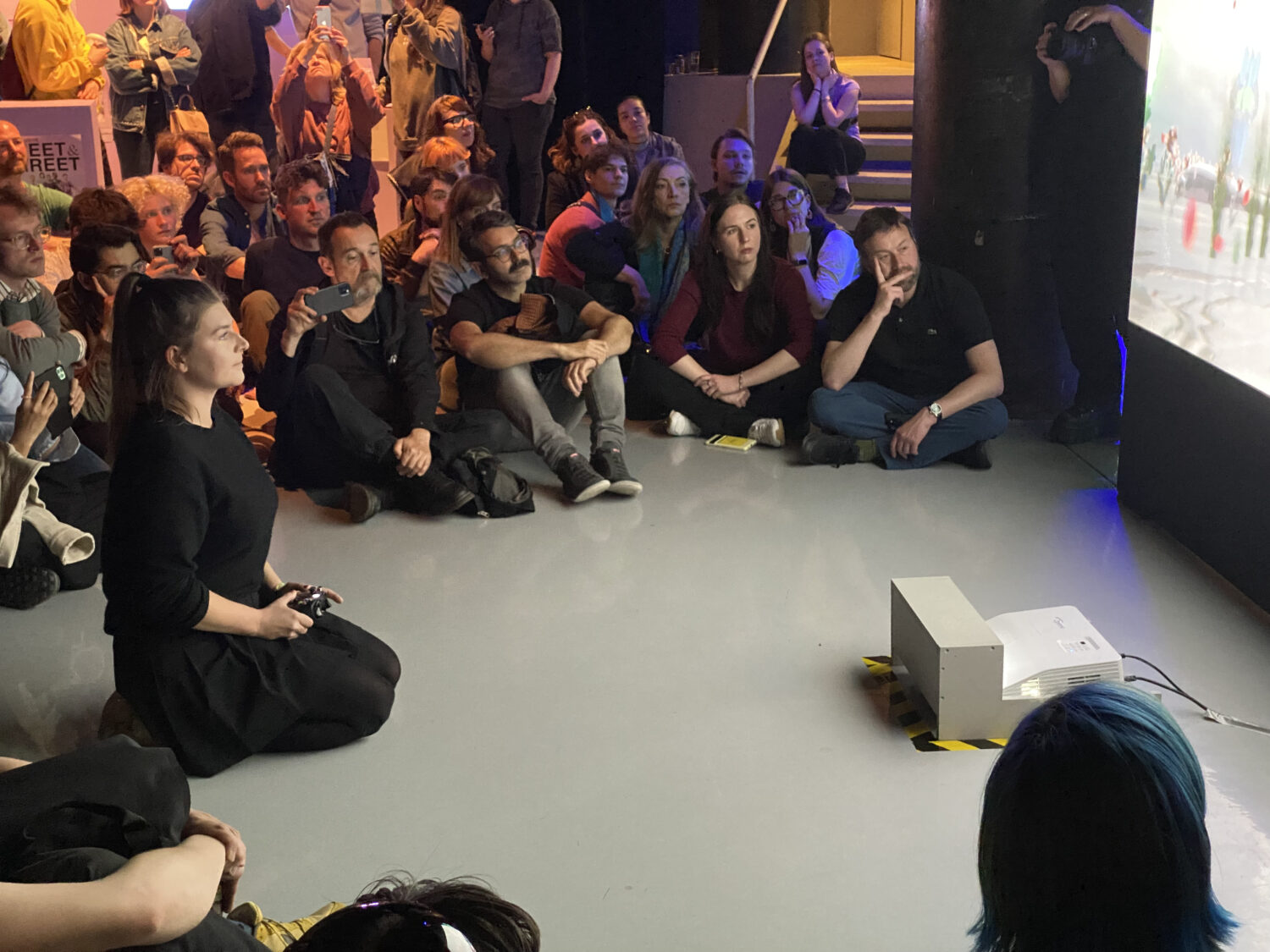
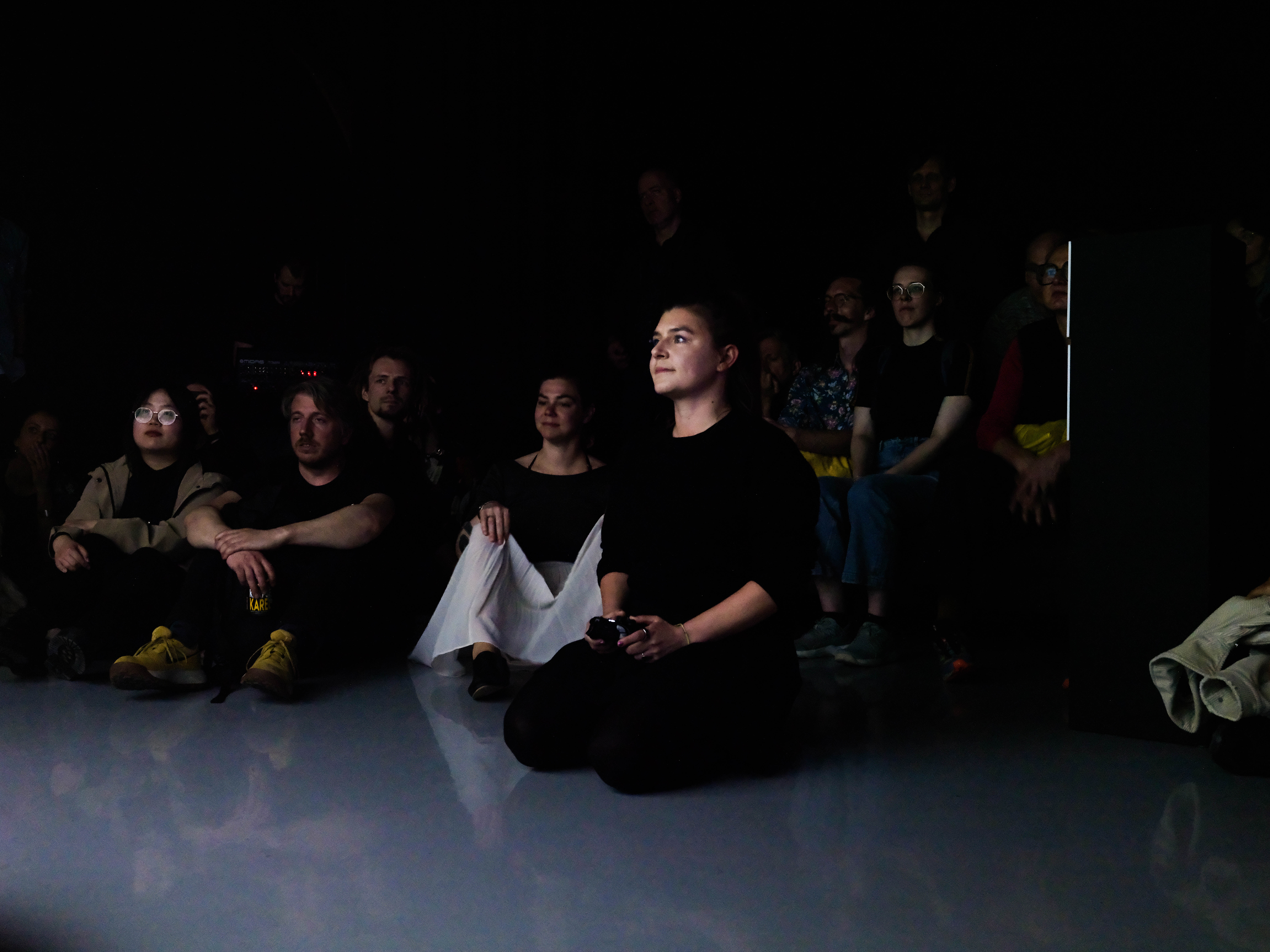
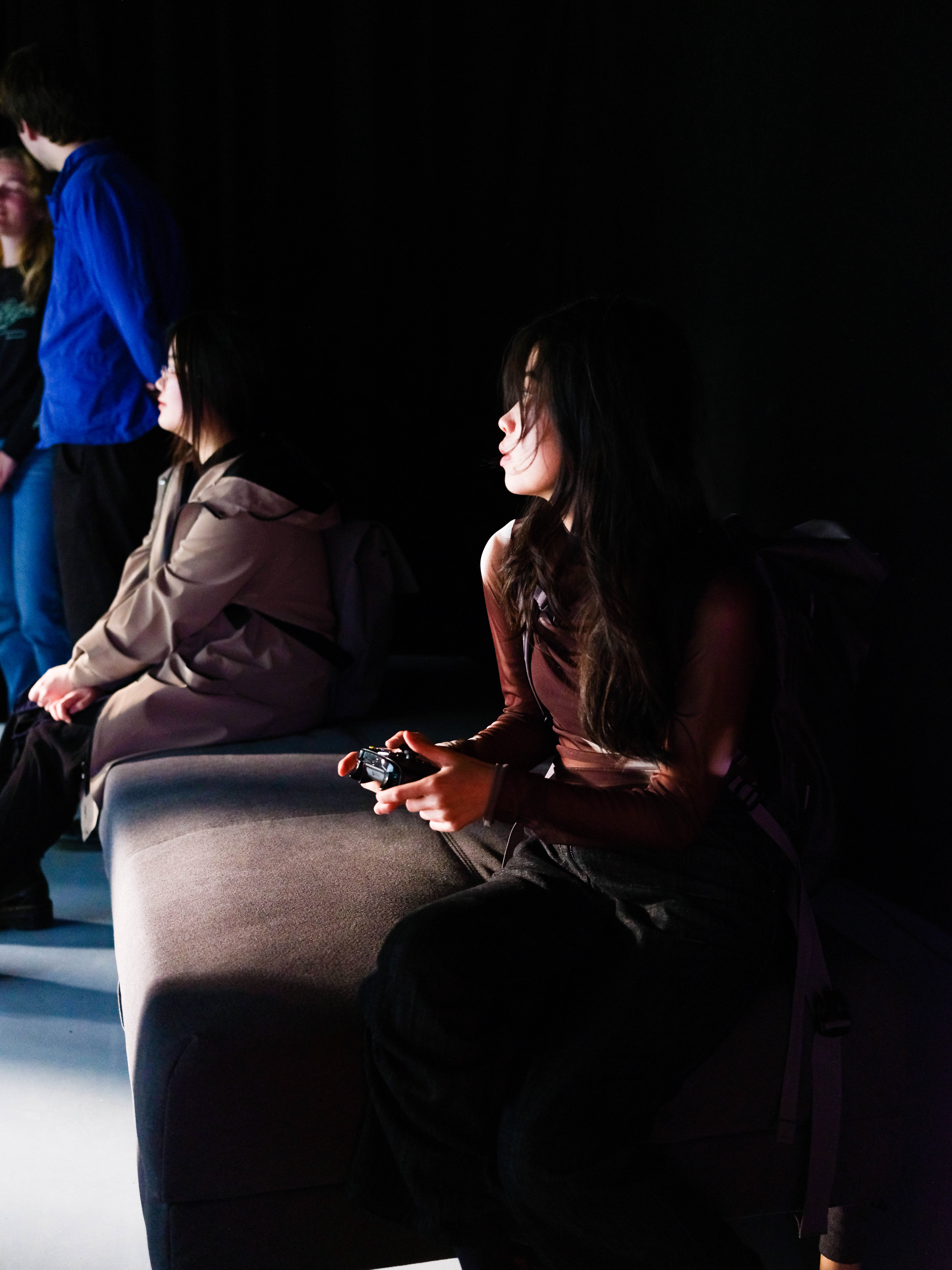
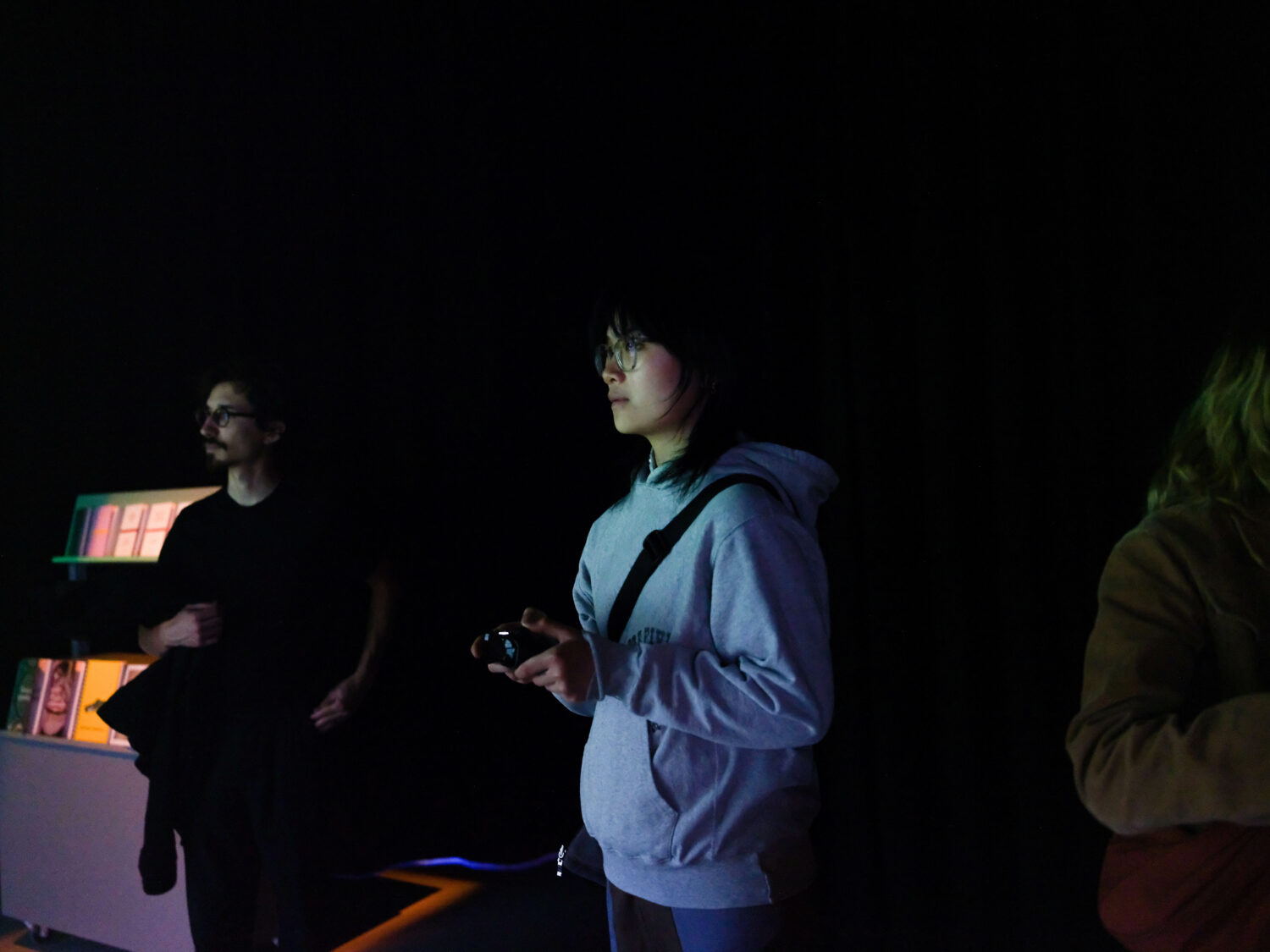
C.D. – Do you have any tips to find some resources on XR, like tools, tutorials, channels, websites, newsletters..?
R.M. – Six years ago when I started technical university, I was very scared because I didn’t have any knowledge about 3D modeling or 3D programs… I started with processing and coding because I didn’t know any other programs. I think I would encourage female artists to just start doing it because I still feel that it’s a very male dominated world and also that female artists are not paid equally nor have the same opportunity; or just have to work harder to be recognized. In the field of media arts especially.
I would just encourage to try out different programs. You don’t have to be like a specialist in Unity or Rhino or Grasshopper or processing. You know, just play with it and fail. And maybe the mistakes are the art piece in itself. (…)
I was influenced by two of my professors: Michael Hansmeyer, he taught me processing and also taught me that the computer can kind of surprise you. And François Roche. The surprises, you cannot foresee. And if you try to just master one program and focus on this mastering of knowing software, you don’t have the surprise anymore. So I think just using really different programs and focusing on importing and exporting files in different programs and then finding ways of production. Finding your own way. This way of production is maybe also how I do it. And write it down, because usually I don’t. Like I produced something two years ago and I don’t know how I got this result… So yes, write your ways to remember.
C.D. – Where do you think XR is headed and where would you want it headed?
R.M. – I think new devices will come soon and it’ll be more stable and more integrated into our daily lives. I think the tools we have now are just like some relics from the past. I don’t know what will come, but it’ll be easier to access, probably coming from merchandised marketing. And I also think that AI is a big topic to produce digital content. Problematic, but inspiring and surprising…
Challenging !


